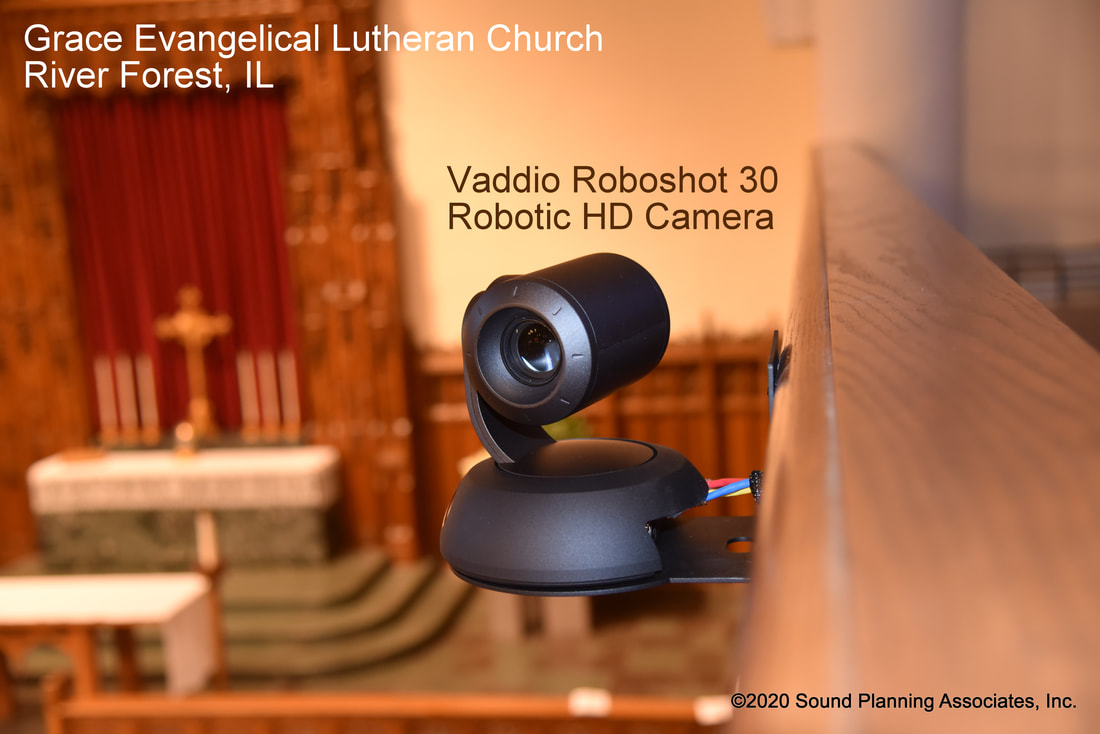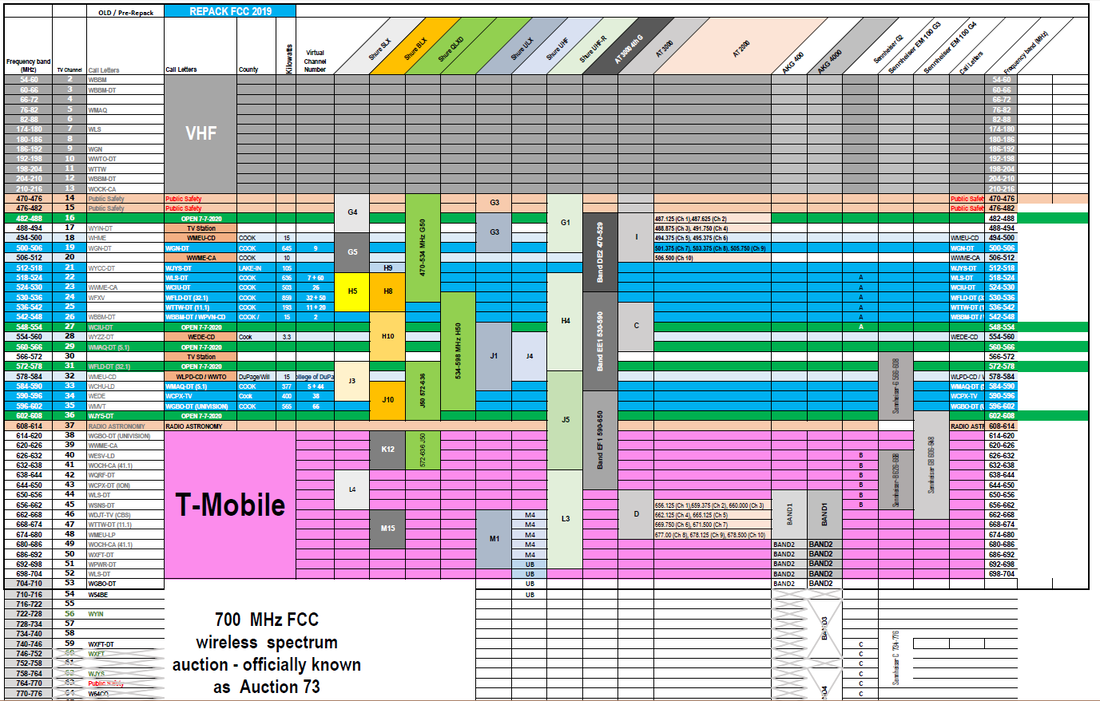|
We have been asked by many to help get churches online streaming their events and services in short order. I wanted to address some of the more important aspects about this for those new to the logistics and aspects of this simple, yet monumental task. I know that simple and monumental seem to contradict each other, and that is intentional. Because getting a phone camera to stream to your Facebook Live page is simple. Getting a 3-camera production video system online is monumental in comparison. If you are a church that has never had video broadcasting experience, you are in for several realizations to get your service online. One is that the hardware (minus the Mac/PC) must all be setup and tested for the event well in advance. This minimizes a multitude of surprises like cabling and conversion failures. Once you have a running camera(s) and audio system, the next steps include verifying that you have a streaming provider setup and ready to accept your stream. One pitfall for YouTube Studio users is that you have 24-hour waiting period before you can even attempt a test stream. Camera and hardware = CHECK Streaming provider ready = CHECK How is your outbound bandwidth? A typical stream for Facebook-live is 720p/30fps compressed is about 4000kbps. This is the minimum and it must be solid for a good stream. Make sure that your Internet Service Provider has this for you. Bandwidth = CHECK Back to the Mac/PC... Did you get all the updates out of the way before you were going live? Windows 10 is notorious for slowing down a PC without any warning. At this point in time, my laptop is on its 4th restart after updates. (March 19th 9:30AM). I even had the firmware updated! This might happen when you don't want it to if you don't plan for it in advance. OK, you now have some basic understanding of the hardware and physical requirements. Now to the hard part: The people this requires. Unlike sound systems that can have “automatic mixers” and other technologies that make for a fairly hands-free operation, video production requires people to make decisions in real time. And once the live stream is happening, time seems to compress, and the pressure is on. It’s one thing to record a service edit the sermon and later post the edited video; it’s another to make all these things appear on the far side without errors in real time! You are going to make mistakes. The goal is about the connection and not the perfection. A typical broadcast booth has several people to make the broadcast happen: • Camera Operator(s) • Broadcast Technician • Producer • Audio Engineer Are you expecting one person with no experience to: operate the cameras, switch the cameras to the live feed, put up lower-third title graphics, make sure the audio sounds good and prepare for the next shot? If so, this person is going to make mistakes. The key to success in this is to start as small as you can manage and build upon this. I.E. if you can handle operating the PTZ cameras with some presets and switch to the appropriate camera while the service is happening; stop there and call it a win! Work on this skill for a long while so that you can do it without panic. Only then can you add the next challenges. Even after all these matters have been addressed and you are feeling confident in your skills; you will still make mistakes! And you know what?! your viewers won’t mind. They will be happy that they could connect. In a world of full of negativity and social and political divides, this is a great time to feel we are part of a community! Even if it happens through a screen.
1 Comment
Now that Phase 6 of the FCC changes have taken place, the Chicago metro area must be ready for the next phase of over the air TV station re-allocations due this summer. What does this mean for wireless microphones? First a bit of history:
This brings us to today: October 18, 2019: Chicago metropolitan area TV station reallocation per Phase 6 of the FCC Digital Transition Schedule https://www.fcc.gov/about-fcc/fcc-initiatives/incentive-auctions/transition-schedule This affects several brands of wireless microphone systems that operate in the range of 494-548MHz. Most notably the Shure SLX and BLX bands H5, H8 and H9 which now have no available spectrum to operate in. Later in 2020: the last Phase of the FCC transition will take place and the only available UHF spectrum will be: TV Channels 16 (482-488MHz), 27 (548-554MHz), 29 (560-566MHz), 31 (572-578MHz) and 36 (602-608MHz) What does this mean? If you have wireless mic systems that operate in the range of a TV station you must move it to a new location. If there are no available stations, you must replace it. Wanting to use more than 4 channels of wireless mics on a budget is going to be impossible going forward. This is because only the higher priced models of wireless can operate many channels in a small amount of RF spectrum. This is bad news for many schools and houses of worship that have come to rely on using 10+ channels of wireless mics for plays and productions. I wish there was a cheap solution to offer, but at this point we are mere pawns in this chess game. The FCC makes the rules, and wireless manufacturers makes changes to accommodate. Can Sound Planning Help? YES! We can work with you to provide the options and solutions to get the right wireless systems in place and operational. For More Information: https://www.fcc.gov/about-fcc/fcc-initiatives/broadcast-incentive-auction/wireless-microphones-and-post-incentive https://www.rfvenue.com/blog/tv-repack-revisited https://www.shure.com/en-US/support/wireless-spectrum https://www.fcc.gov/TVrescan https://www.fcc.gov/about-fcc/fcc-initiatives/incentive-auctions/transition-schedule A great article from Wired Magazine about this in 2018 |




